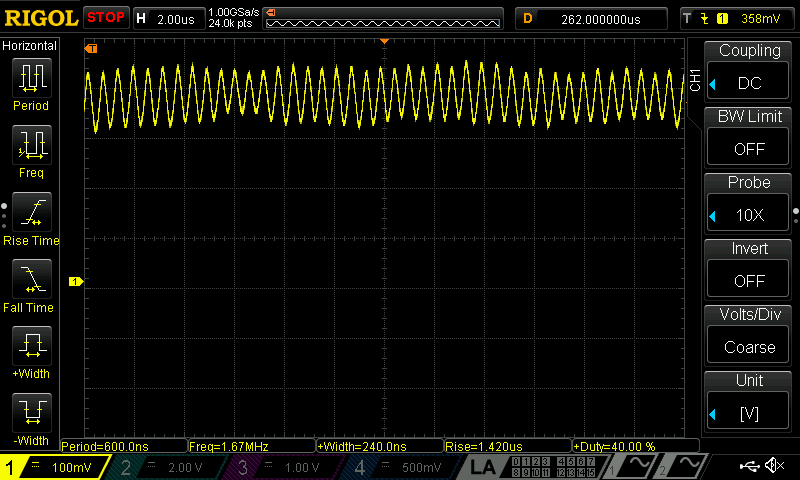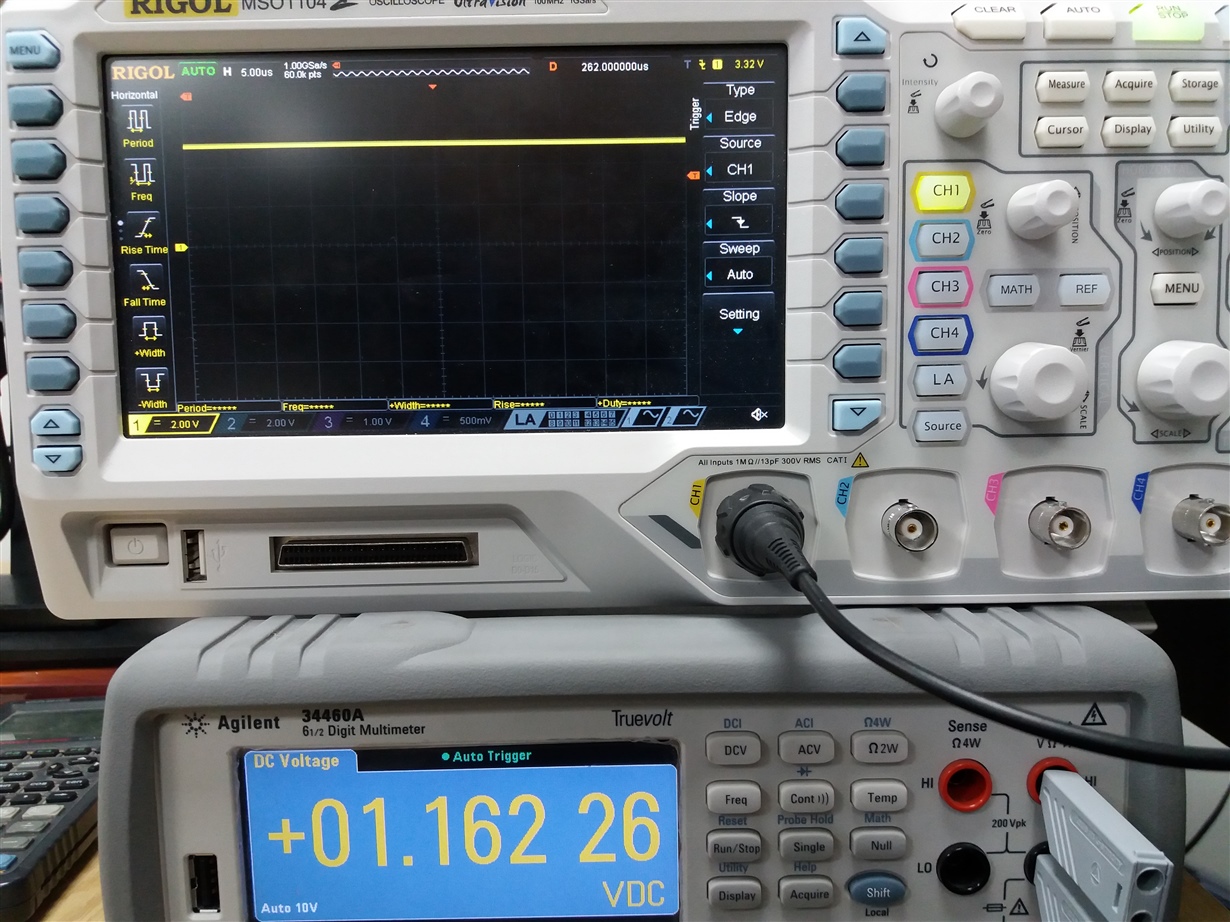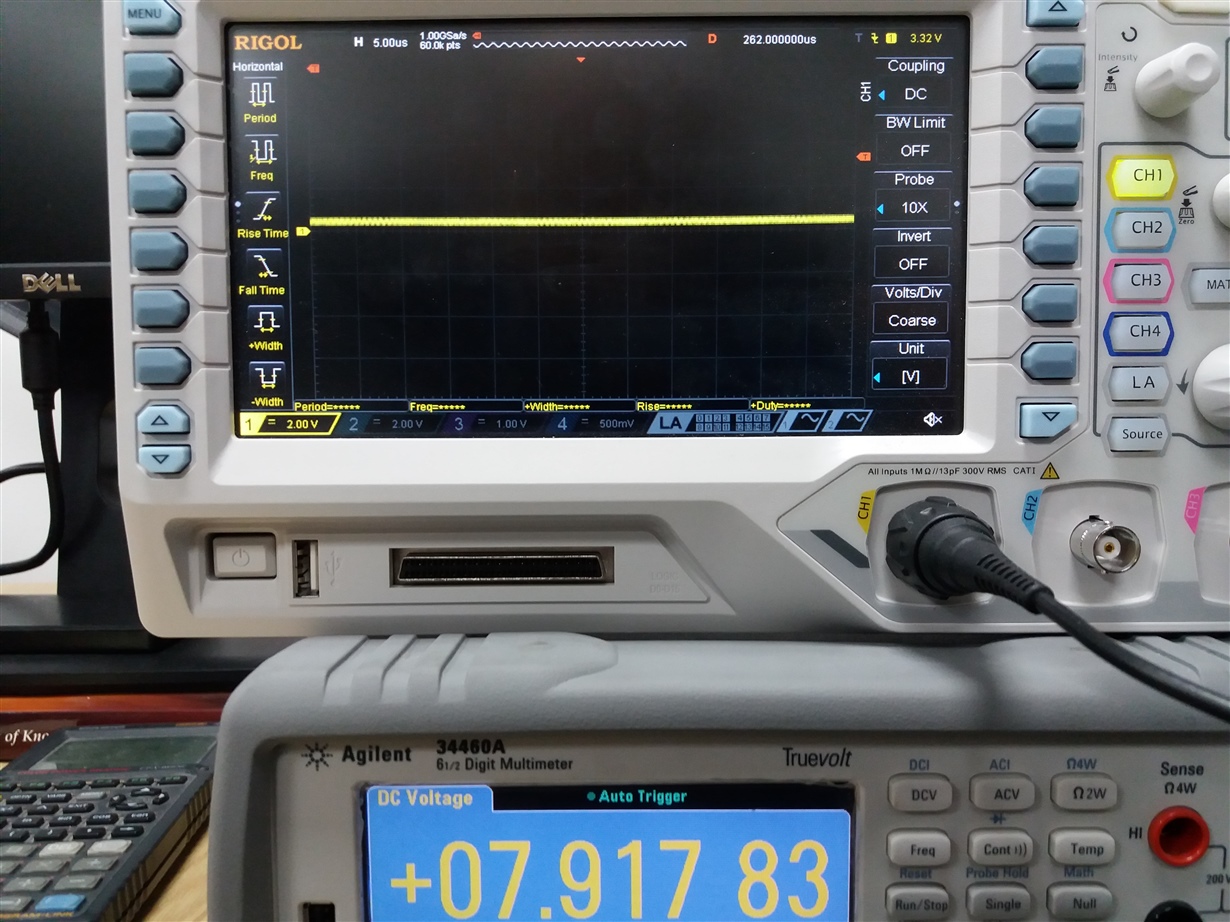Other Parts Discussed in Thread: TINA-TI, INA193, INA198, INA194, INA195, INA197
Hello,
I'm using INA196 to measure current flowing through the load as per attached picture. I have wide range of currents, so I use INA196 to measure very low currents and then I rely on measuring woltage drop over resistor bank I have in my circuit. I hoped that when my input voltage is more than INA196 is able to output (0.25V) the output will saturate at about 5V. Unfortunately, when input voltage to INA196 is in range between 2.6 and 8.2V the output goes to 0V. Above 8.2V it saturates at about 5V. What may be the reason of output voltage going to 0V in input voltage region 2.6-8.2V ?
Thanks,
Jacek.







